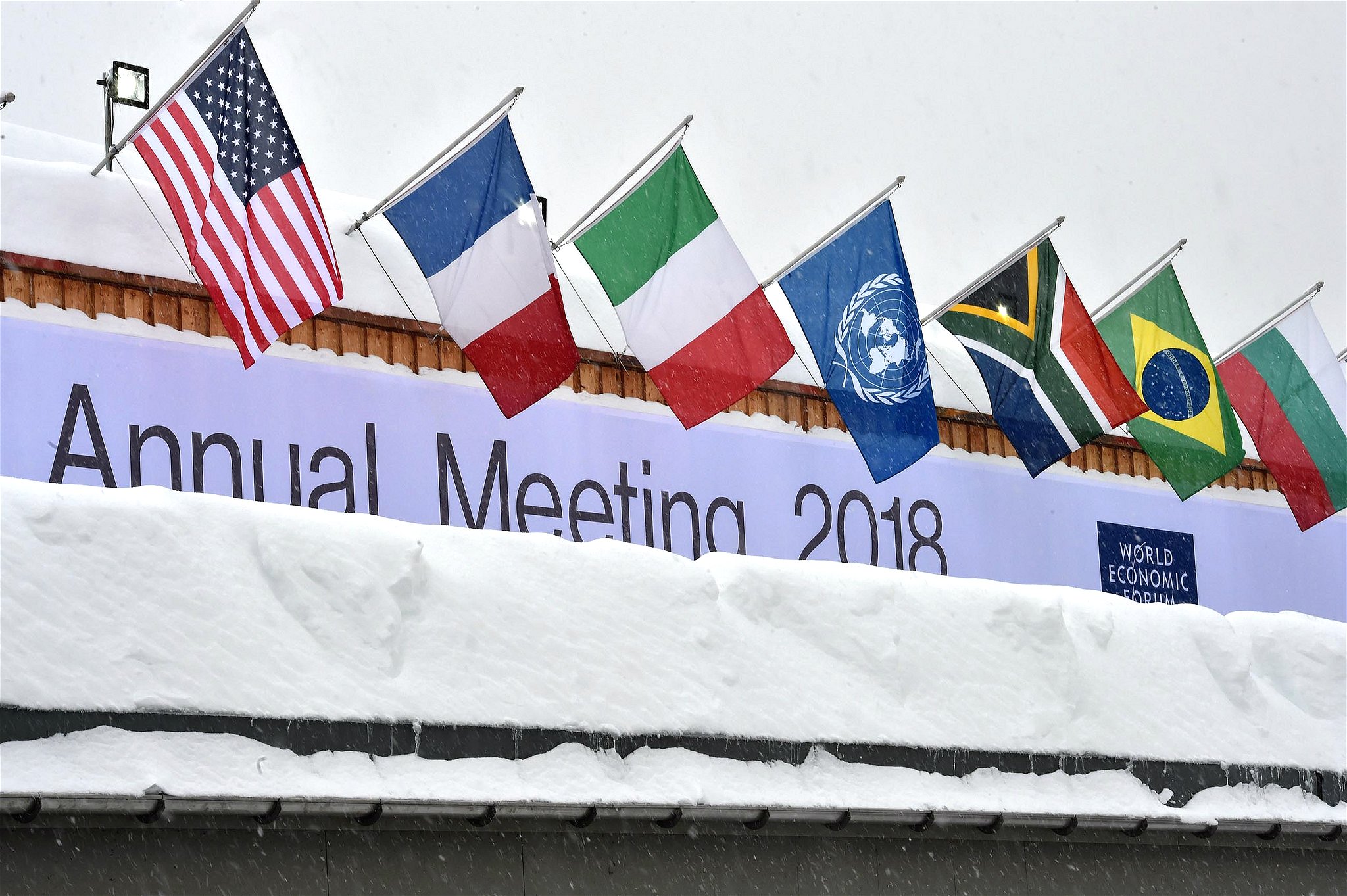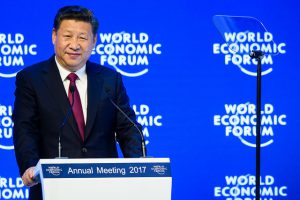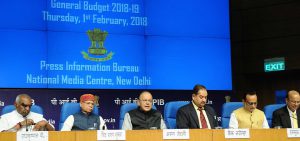Global business and political leaders have said extreme weather events would likely pose the greatest threat to business and commerce in 2018, which marks a major departure from what they thought even 10 years ago, when economic factors such as asset price collapses and oil and gas price hikes were perceived as major risks.
For the second year running, extreme weather was rated the world’s biggest threat, according to the Global Risks Report 2018, released last week by the World Economic Forum (WEF), whose annual meeting starts today at the alpine resort of Davos in Switzerland.
Based on a survey of nearly 1,000 experts in business, government and civil society, the latest edition of the report has seen a dramatic change in risk perception since its inception 13 years ago. In recent times, fears of extreme weather, natural disasters and failure to mitigate climate change have clearly outranked economic factors such as market collapses, systemic financial failures and fiscal crises. Before 2010, environmental risks didn’t even make the top five. In 2018, three of the top five likely risks are environmental.
The 2018 report looks at five categories of environmental risks — extreme weather events and temperatures; accelerating biodiversity loss; pollution of air, soil and water; failures of climate change mitigation and adaptation; and risks linked to the transition to low carbon. All these risks were ranked high in terms of both likelihood and impact in the latest report.
Pushed to the brink
All the five risks listed in the environmental category have risen steadily in the past 10 years. “This follows a year characterised by high-impact hurricanes, extreme temperatures and the first rise in CO2 emissions for four years,” authors of the report said. “We have been pushing our planet to the brink and the damage is becoming increasingly clear.”
The survey was conducted at a time when violent hurricanes in the Atlantic, such as Harvey, Irma and Maria, were wreaking havoc in the United States, the Caribbean and Puerto Rico. The 2017 Atlantic hurricane season was the most expensive in US history, with losses estimated to be over US$200 billion from the 17 named storms during the season. The total economic losses from natural and manmade disasters in 2017 reached US$306 billion, which was almost double the previous year’s losses, according to insurance firm Swiss Re.
The bad news in 2017 was not limited to extreme weather. For the first time in years, carbon dioxide emissions rose in 2017, jeopardising the Paris Agreement goal of limiting average temperature rise to within 2 degrees Celsius of pre-industrial levels.
“Experts are preparing for another year of heightened risk,” the WEF said. “When we asked nearly 1,000 respondents for their views about the trajectory of risks in 2018, 59% of their answers pointed to an intensification of risks, compared with 7% pointing to declining risks.”
Not much action on the ground
Although climate and other environmental risks have featured among the WEF’s top global risks for seven consecutive years, current approaches to managing scarce natural resources such as water and to building resilience to environmental threats still leave much to be desired, according to Cecilia Reyes, Group Chief Risk Officer of Zurich Insurance Group, which helps WEF prepare its annual risks report.
This is particularly true for the developing countries, which have contributed least to global warming but suffer the most due to it. The amount of money that is required to combat climate change is available only in global bond and equity markets, but these are heavily invested in fossil fuels. Raising ambition to act on climate change and raising the large amount of funds needed are so interconnected that governments and the financial sector must see it as a single challenge, experts said at the Bonn climate summit in November last year.
Managing risks is an essential part of the challenge. “Risk managers need to develop a comprehensive understanding of every point of risk within the business’ global supply chain to identify potential vulnerabilities,” Reyes said. “Any such audit today needs to include issues such as resource scarcity and social challenges alongside more traditional environmental concerns such as damage to property and infrastructure or the safety of employees.”
This blog was first published by India Climate Dialogue









